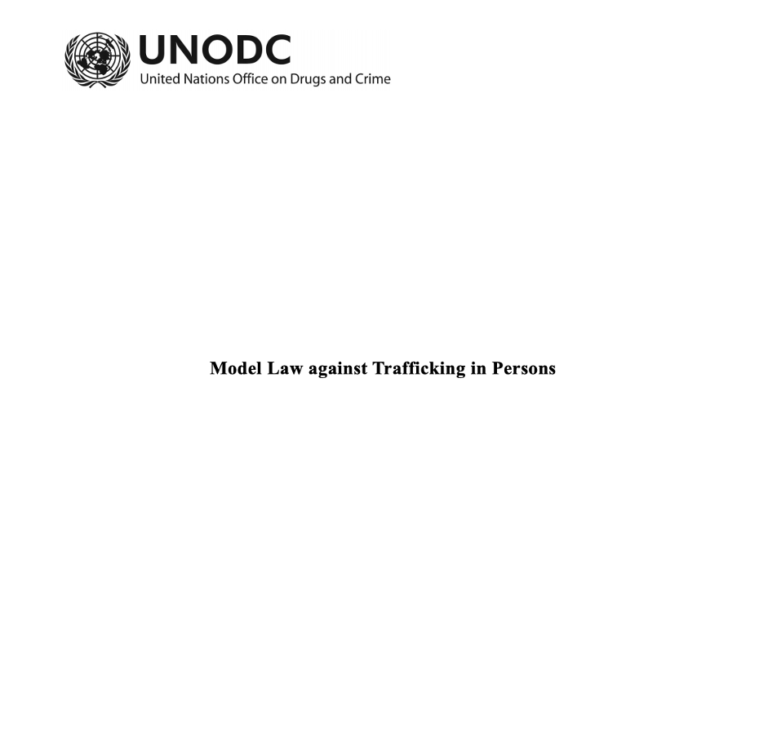Examining the Prevalence of Labor Trafficking Among Vietnamese Migrant Workers in Taiwan and Japan
GuidanceLabor export and associated remittances have become an important solution by the Vietnamese government to create jobs and alleviate poverty in rural communities. Each year, tens of thousands of Vietnamese leave the country to work overseas. Japan an...Read More

